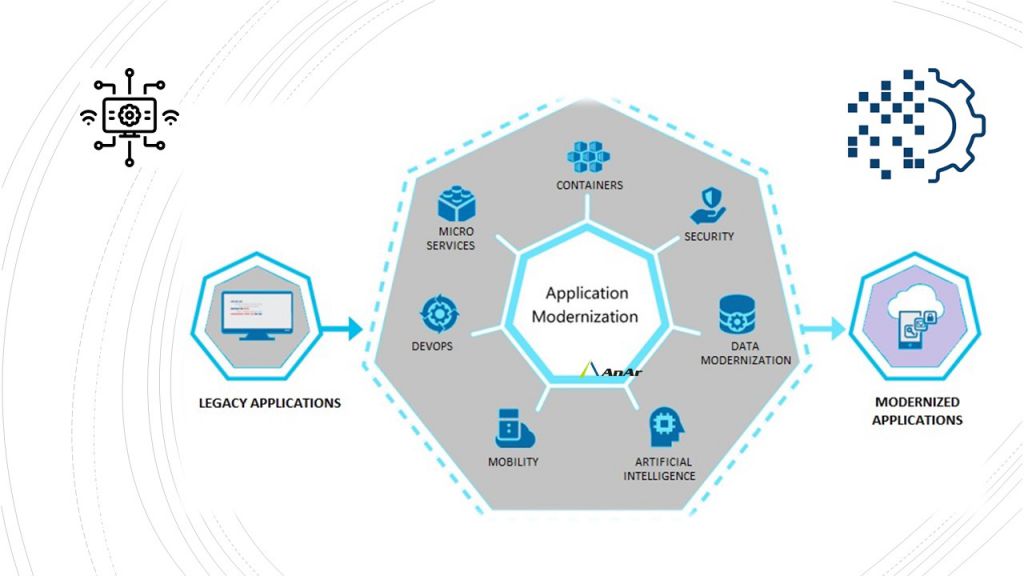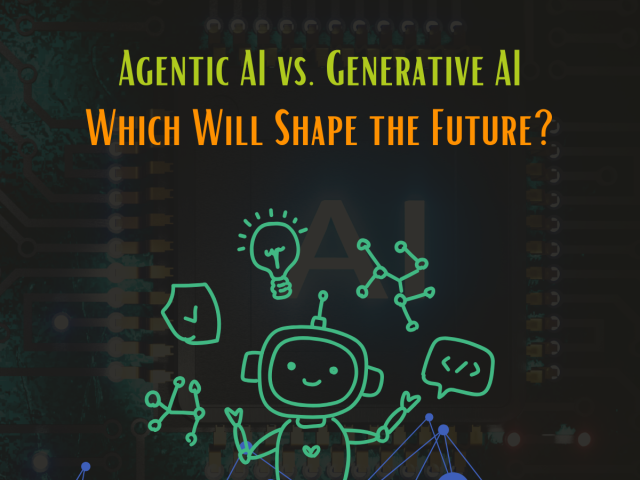Introduction:
Legacy applications are functional yet have compatibility issues with the latest technology. The tasks performed are in continual for years though not fast but have satisfactory performance. If there is, need to preserve the application. The only purpose of customer engagement is sufficient for deliberately modernizing applications.
Users simply require an application that works perfectly and they are hardly bothered about which platform uses. You cannot certainly do this with traditional development methods and aging technology.
Why should you consider modernizing legacy apps?
- Maintenance of the system is tough
- Technology is outdated
- Degenerated system performance
- More you delay the difficult it will be to modify
- High downtimes and maintenance costs
- Requires experts of that field
- Old documentation is not supportive
- Finding old technology experts is difficult
- Legacy apps have a lot of security issues
- Upgrading business applications
- If redesigning the apps is complex
- Continuous availability of the system is a must
- If you have a lot of confidential data that requires high security
- Latest technology give you market differentiation
- If you are looking forward to business expansion
- Your competitors are already ahead of you
Integration between two technologies is simpler compared to the integration of old and new technologies.

Should your concerns on modernizing legacy apps stop you from taking action?
- Do we really need this change?
- Already invested in earlier operating systems, do I have to invest again?
- What budget is actually required?
- Will there be a higher ROI?
- Which is the best suitable technology?
- I am not aware of the health of my legacy apps
- The concern is whether they can sustain this change to new technology
- Is customization of legacy apps possible?
- These projects take too long
- Will it consider the traditional business aspects
- An unexpected rise in expenses
- What if, the conversion isn’t successful
- Fear of presumption can ruin the future of your legacy apps
- Budget constraints actually never cease to exist
- Legacy programmers who have knowledge of old technology are available now but may not be active later
- The support that your software and hardware requires will end in a few years from now
- Legacy languages are hard to support
- Are trials of modernizing legacy applications available?
- Can we calculate the exact downtime while we modernize apps?
- Will the historic data and transactions remain safe?
- Will users accept the new system?
Advantages of modernizing legacy apps:
- Save expenses on managing legacy applications
- Rescue yourself from a failure of applications
- Get the agility, high speed, and flawless performance
- Better response rate to the queries
- Improves business resilience
- Transition to new systems improves customer interactions and meets customer expectations
- Prevent long term losses by not upgrading now
- Be with the modern business world and latest technology
- For competitive advantage and reliable business applications
- Availability of solutions for longer duration and continuity of services and availability of applications
- Better control after implementation of modern apps
- Consistency in business applications
- Better visibility in business operations
- Be ready for digital business
- Removes obstacles of digital business
- Improve domain awareness and get the power of new technology
- Increased accuracy of applications and lower maintenance costs
- Eradicates technical limitations and allows you to beat the competition
- Enhances the productivity of development teams
- Get multiplatform support
Challenges of modernizing legacy apps:
- Will existing infrastructure provide support or crash during migration
- Business is on top is it right decision to migrate
- Technical Expertise is must, managing migration is tough
- Technology expert/consultant in your team can handle the maintenance issues provided they are available
- Ability to anticipate the hindrances of modernizing applications
- Do we need to encourage users to use and accept the new application
- Integration of legacy systems to other IT systems
- Dealing with large systems like ERP needs a nerve
- What if the selected technology becomes outdated in the near future
- Critical parts of application malfunction or fail to deliver
- Taking adequate care to maintain the quality and flexibility of application
Address your concerns, check the advantages, and take a decision.
Method for effective modernization of legacy apps:
- Application Migration: Plan the minute details, put in stepwise migration, and its probable effect on the application. Maintain documentation; refer existing documentation available for the legacy apps. Define smaller and separate blocks of configuration, list the challenges in implementation and how will you deal with them.
- Migration Strategy: Confirm the ability of a new system to run legacy applications before migrating. Involve people in this decision for better results. Make a full deployment plan and process and follow it.
- Version Control: It consists of the versions of supporting software and hardware, updates needed, or the requirement to buy new ones most appropriate for legacy applications.
- Technological Developments: Consider the advancements in technology and how can these legacy systems cope up with the change. Cloud migration is suitable for business processes and applications, check for cloud portability. User Interface – UI plays an important role as modern users have a different set of expectations. Web apps to native apps offer functionality enhancement, quicker response rate, and perk up user experience.
- API Management: Secure your sensitive data with proper API management. APIGEE gives better visibility, improved operational efficiency, and acts as a bridge between legacy systems, and modern applications. Faster application delivery, better digital connections, and improved customer interactions is the result of effective API management. Know about the system operations and API traffic. API implementation is for a specific function or is just used it as an extended feature of an application.
- Data Migration: The size of data, its worth to the organization and the complexity matter a lot while migrating the data of legacy apps. Check organization’s cloud readiness, business requirements, and the actual benefit of cloud computing. The added data security calls for data migration.
- Legacy Apps Infrastructure: Think in detail about, the storage options, network, and security. The requirement of speed, storage, confidentiality, processing capability, and accuracy can differ for each department. Accordingly, the interface, hardware, and few other decisions change. The servers no more need management within office.
- Managing modernized legacy apps: Depending on the technology and type of applications such as web, cloud, mobile etc the maintenance skills differ. The lightweight and modern applications are in demand not just because of user acceptance but easy management and updates.
- Application Mapping: The applications you need to keep, business processes and apps that be bundled together. Think about how you can reduce dependencies on old technologies.
- App Integration: Integration of system with other services and applications is dependent on stability. Find issues and strategize to make better business and technology decisions. Keep business logic alive, critical data safe, and over all application running with all possible integrations.
- Modernization Strategy: Automate the most of it so that making UI and programming level changes becomes easy. Manual migration does fail most of the time. The latest programming languages, best tools, and precisely defined expectations eases the process. Address the integration issues of legacy software. Achieve functional level enhancements as user experience by modernizing legacy apps. Monitoring the quality can prevent upset of users and stakeholders
- Repackage Applications: Rewriting from scratch, repackaging and revamp into newest technology is the real transformation of legacy applications. Department level applications are simpler to repackage but organizational level applications have many business processes involved thus are complicated to shift.
- Refactor Applications: Refactoring is restructuring to optimize the existing code that does not change its external behaviour. Yet it improves the readability, features, performance, portability, and structure of an application. Referring to the testing and release documents if any can help. Check how many versions of software is active using which technology and what are the risks of refactoring.
- Rehost Applications: It involves minor modifications, say in host configuration. Rehost approach saves costs of maintaining physical infrastructures. Move it on a cloud, and run applications without recompiling or modifying the functions.
- Replatform Applications: With minimum changes in the code, take advantage of the new platform. Rework to draw benefits of cloud-based features, better flexibility, increased stability, reliability, and role management. It involves costs but not as higher as rebuilding the apps.
- Replace Applications: It involves time, money, and efforts. Study the legacy applications, check the functionalities, include specifications, take new requirements, and make decisions about the technology, platform, infrastructure, deployment everything as if you are creating a new application, and replace the old system.
Summary:
The right approach and mindset are important to bring in technology-based transformation in an organization. Being equipped for modernizing apps isn’t enough you will have to build an environment where these applications succeed. Enroll everyone right from management to users in the possibility of modernizing apps for benefit of business and end customers.
Observing and overcoming the barriers will open up opportunities to deliver better. Modernizing legacy apps is a process that needs few experts on your panel. For process change, technological change and organizational level change, don’t hesitate to approach us.




